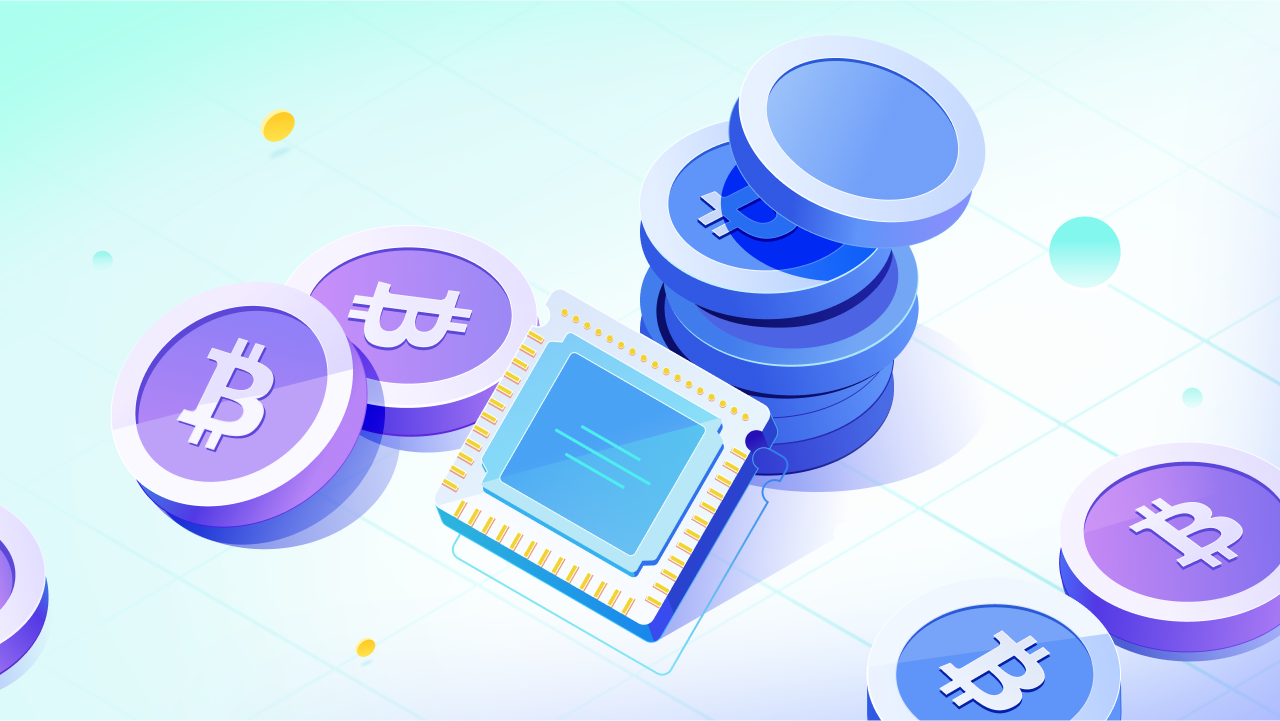The bear market still haunts the crypto industry, as indicated by various data in the recent report Crypto Market Recap Q3 2023 released by data tracking platform CryptoRank. Despite a temporary rebound in the crypto market led by Bitcoin that has briefly surpassed $34,000 as of this writing, it is still too early to declare the end of the bear market.
The underwhelming performance of cryptos in the third quarter may arise from waning interest among traders, which has further hampered the trading volume. The slack trading demand has dealt a heavy blow to miners as the income from transaction fees has diminished. What’s worse, the overall market decline has slashed the mining rewards from block validation.
On-chain data reveals that in Q3 2023, BTC transaction fees accounted for a mere 2.59% of total block rewards, a significant decrease from the 7.5% seen in the previous quarter. Even the previously anticipated BRC-20 tokens failed to turn the tide. Yet despite the market's prevailing bearish sentiment and the hardships faced by miners, there is one crypto that has defied the odds and witnessed consecutive surges, achieving an impressive 76% increase during the third quarter. That is Kaspa.
How has Kaspa, a newcomer that has been in operation for less than two years, managed to soar in both price and network hashrate during the bear market? The answer lies in several factors. Firstly, Kaspa has leveraged its technological superiority, utilizing BlockDAG technology that allows for fast transaction processing and the simultaneous creation of multiple blocks, with an impressive average of one block per second. Such exceptional scalability and robust performance have attracted countless miners and developers to join the Kaspa network.
Furthermore, the Kaspa team has been actively engaged in community building and has entered into strategic partnerships with key players in the crypto industry. Collaborations with mining pools like ViaBTC and Woolypooly, as well as exchanges such as CoinEx and Bybit, have greatly enhanced the project's recognition and influence. Moreover, Kaspa has introduced a series of features and applications that appeal to users, such as the Kaspium v1.0.1 mobile wallet, making this project more practical and attractive.
As it continues to develop, Kaspa has experienced significant growth in both network hashrate and the price of its native token KAS, driven by the consolidation of its consensus. In the third quarter alone, the network hashrate surged from 1.24 PH/s to 31.69 PH/s (currently at 52.1 PH/s), marking a staggering growth rate of 2,455.6%. Additionally, the price of KAS rose from $0.026 to $0.046 (currently valued at $0.052), a substantial 76% increase. If you started mining KAS in the early third quarter, specifically in July, here are the returns you could expect:
On July 1, the Kaspa network had a hashrate of 1.24 PH/s, and each block produced a reward of 207.65 KAS. Assume the electricity cost was $0.03 per kWh at that time.
Mining Rig 1: NVIDIA RTX 3080, which has a hashrate of 872 MH/s and power consumption of 318 W.
With a single NVIDIA RTX 3080, you could mine:
872/(1.24×10^9)×(207.65×24×60×60)=12.62 KAS
The electricity cost for mining would be: 0.318*24*0.03=$0.2289.
If you kept mining for three months and sold the mined KAS for $0.046 each on October 1, the total profit for the quarter would be (12.62×0.046-0.2289)×92=$32.35, with an average daily profit of around $0.3516.
Mining Rig 2: IceRiver KS0, with a hashrate of 100 GH/s and power consumption of 65 W.
With an IceRiver KS0, the estimated amount of KAS that could be mined was:
100/(1.24×10^6)×(207.65×24×60×60)=449.5 KAS.
The electricity cost for mining would be: 0.065*24*0.03=$0.0468.
If you mined KAS throughout the quarter and sold the mined KAS at a price of $0.046 on October 1, you would earn (449.5×0.046-0.0468)×92=$1,897.98, that is, $20.63 gained per day.
Mining Rig 3: ANTMINER KS3, with a hashrate of 8.3 TH/s and power consumption of 3188 W.
With an ANTMINER KS3, you would mine:
8.3/(1.24×10^3)×(207.65×24×60×60)=120,088.68 KAS
The electricity cost for mining would be: 3.188*24*0.03=$2.3
If you sold the KAS at a price of $0.046 on October 1, your mining effort throughout the quarter would translate into profits of (120,088.68×0.046-2.3)×92=$508,003.7, equivalent to an average daily profit of $5,521.78. *Please note that the calculations provided above are for reference only, as they are affected by complex factors such as fluctuations in network hashrate and adjustments in block rewards.
*Please note that the calculations provided above are for reference only, as they are affected by complex factors such as fluctuations in network hashrate and adjustments in block rewards.
Based on the data presented, it is evident that the rise of KAS has brought significant profits to miners, particularly to those who started mining early on. However, as the Kaspa network's hashrate continues to grow, the mining race has become incredibly intense. Solo mining is no longer attractive for small-scale miners, and joining a mining pool is undoubtedly the most sensible option at this stage.
ViaBTC has launched a KAS pool that supports PPLNS and SOLO settlements, along with Auto Conversion to USDT.
For a mining tutorial, visit: https://support.viabtc.com/hc/zh-cn/articles/7207398646799
About ViaBTC
ViaBTC, founded in May 2016, has provided professional, efficient, safe and stable crypto mining services for over one million users in 130+ countries/regions around the world, with a cumulative mining output value of tens of billions of dollars. This world-leading, all-inclusive mining pool offers mining services spanning more than ten mainstream cryptos that include BTC, LTC, and KAS. Backed by one-stop services covering ViaBTC Pool, CoinEx Exchange, and ViaWallet, ViaBTC strives to offer global users more abundant supporting tools, stabler and more efficient mining services, and better product experience.